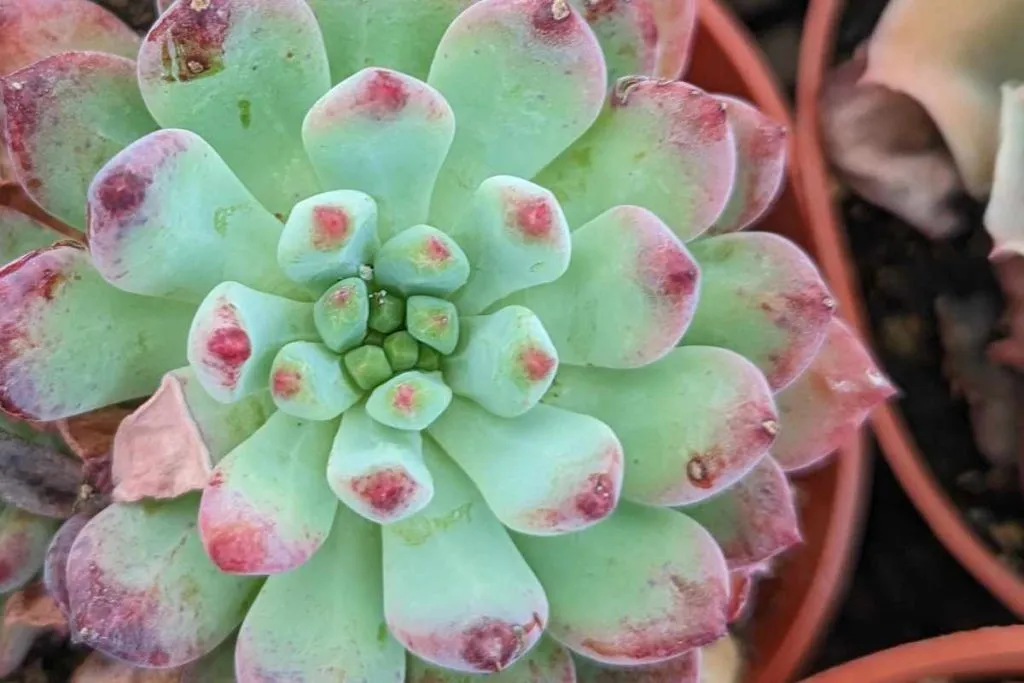Recognizing What Plants Don't Like Epsom Salt for Healthier Gardens
Recognizing What Plants Don't Like Epsom Salt for Healthier Gardens
Blog Article
Learn More About the Specific Plants That Are Negatively Influenced by Epsom Salt Application
Epsom salt, a popular family remedy for numerous gardening distress, is frequently applauded for its helpful impacts on plant development. Nonetheless, not all plants react favorably to its application. Recognizing the details plants that can be adversely impacted by Epsom salt is vital for any type of garden enthusiast seeking to maximize their plant treatment routine. Roses, tomatoes, peppers, rhododendrons, and azaleas are just a few examples of plants that may not respond well to Epsom salt. The reasons behind these damaging results and just how to mitigate them are essential expertise for maintaining a flourishing garden.
Roses

Roses, specifically delicate to changes in their setting, can be negatively influenced by the application of Epsom salt. While Epsom salt is frequently used as a plant food to advertise plant development and enhance blooming, roses are among the plants that do not react well to its application. The high magnesium material in Epsom salt can interfere with the uptake of other important nutrients by the rose plants, bring about deficiencies that manifest as yellowing fallen leaves or stunted development.

Tomatoes
While Epsom salt is usually proclaimed as a treatment for different plant problems, including bloom end rot in tomatoes, its application can lead to destructive outcomes if not made use of deliberately. Extreme Epsom salt, which is magnesium sulfate, can interrupt the delicate nutrient equilibrium required by tomatoes, possibly leading to deficiencies in various other crucial nutrients like calcium. When considering the use of Epsom salt on tomatoes, it is essential to stick to advised application rates and dirt screening to protect against unexpected consequences on the overall wellness and efficiency of these cherished garden plants.
Peppers
Peppers, revered for their numerous colors and levels of spiciness, can show susceptibility to negative effects from Epsom salt when not applied with treatment and consideration for their details nutritional requirements. what plants don't like epsom salt. Peppers, belonging to the Solanaceae household, require a fragile equilibrium of nutrients to grow. While Epsom salt is understood to enhance magnesium degrees in plants, excessive application can interrupt this stability, bring about unfavorable effects on pepper plants
When peppers are revealed to high levels of magnesium from Epsom salt, it can disrupt the plant's ability to soak up other crucial nutrients like calcium and potassium. This discrepancy might manifest in signs such as fallen leave discoloration, stunted development, and lowered fruit production. Furthermore, the too much magnesium can alter the dirt pH, more intensifying nutrient uptake concerns for peppers.

Rhododendrons
Given the level of sensitivity of specific plant types to imbalances caused by Epsom salt, it is vital to consider the effect on Rhododendrons, which likewise require details nutrient degrees to flourish. Rhododendrons are acid-loving plants that choose acidic dirt conditions with a pH range in between 4.5 and 6.0. Epsom salt, chemically understood as magnesium sulfate, can alter the soil pH and interfere with the delicate balance of nutrients important for Rhododendron health.

To keep the optimum growth and health of Rhododendrons, it is crucial to stay clear of the indiscriminate use Epsom salt and rather concentrate on offering the specific acidic dirt conditions and nutrients that these plants need for thriving.
Azaleas
Azaleas, understood for their dynamic blossoms and broad variety of shades, are decorative hedges that come from the Rhododendron genus. These preferred flowering plants are often discovered in gardens, parks, and landscapes due to their appeal and flexibility. Azaleas are delicate to changes in soil pH degrees, which can dramatically impact their development and overall health. While Epsom like this salt is commonly made use of as a remedy for magnesium shortage in plants, its application to azaleas can have adverse impacts.
When Epsom salt is put on azaleas, it can alter the dirt pH, making it extra acidic. Azaleas prefer somewhat acidic dirt conditions, and an unwanted of magnesium from Epsom salt can disrupt this balance, causing nutrient imbalances and potential toxicity issues. The incorrect application of Epsom salt can result in stunted growth, yellowing of leaves, and general decrease in the wellness of azaleas. Consequently, it is crucial to be cautious when thinking about the usage of Epsom salt on azaleas to avoid any negative effects on these fragile decorative hedges.
Conclusion
Finally, it is essential to be familiar with the details plants that can be adversely influenced by the application of Epsom salt. Roses, tomatoes, peppers, you could check here rhododendrons, and azaleas are some examples of plants that might not gain from Epsom salt and could even suffer injury. It is vital to research and comprehend the requirements of each plant species before utilizing Epsom salt as a fertilizer to ensure their wellness and health.
Recognizing the certain plants that can be detrimentally affected by Epsom salt is important for any kind of garden enthusiast looking to maximize their plant treatment regimen. While Epsom salt is typically utilized as a plant food to advertise plant growth and enhance flowering, roses are one of the plants that do not respond well to its application.Excessive usage of Epsom salt can additionally result in an accumulation of salts in the dirt, leading to root damages and dehydration of the rose plants. While Epsom salt is known to enhance magnesium levels in plants, extreme application can disrupt this stability, leading to negative effects on pepper plants.
The high salt web content in Epsom salt can additionally dry out Rhododendron check that origins, creating more tension and damages to the plant. (what plants don't like epsom salt)
Report this page